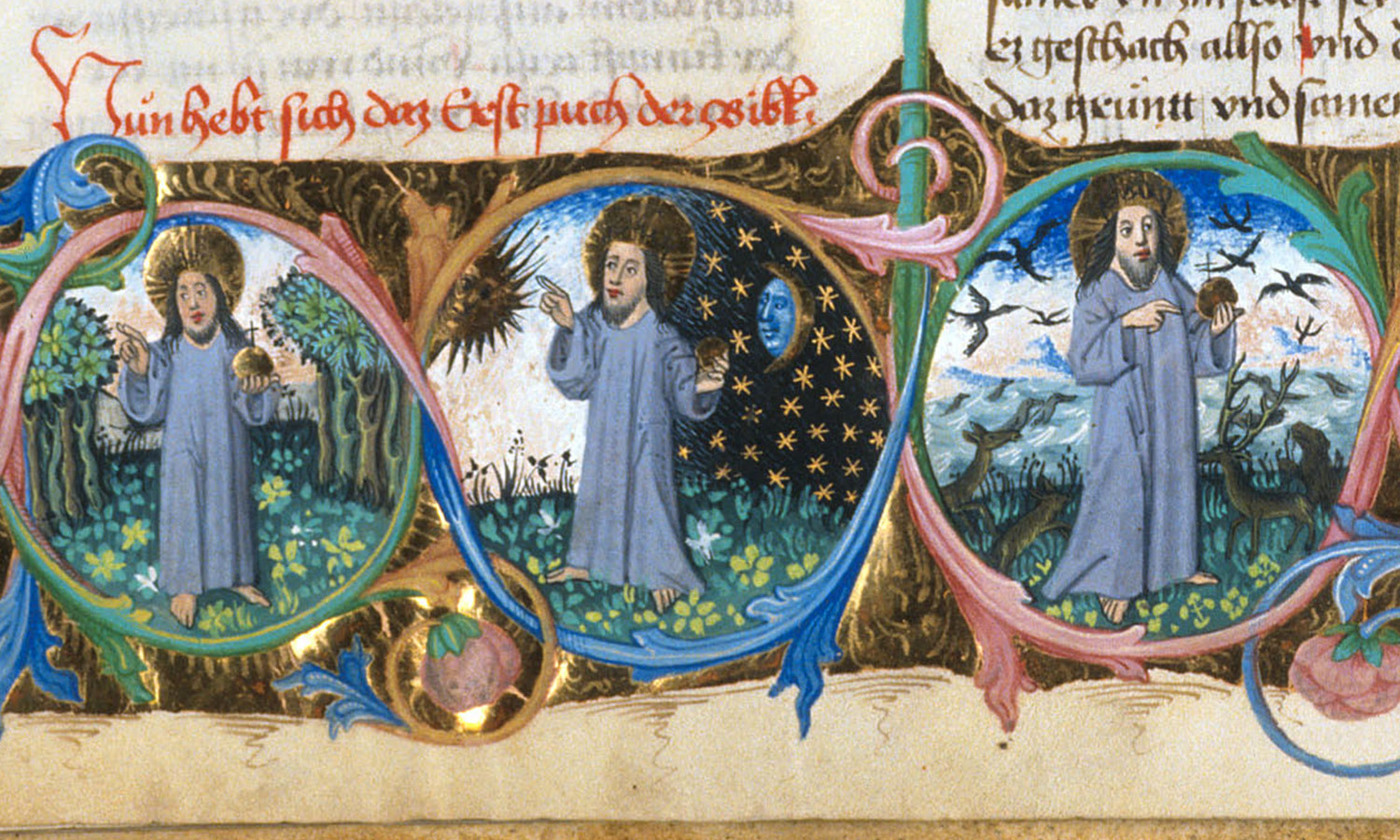Long before Arianism disappeared, a new and related controversy had shaken the Eastern portion of the Empire to its foundations. Exactly what was the relationship of Christ the god and Christ the man? He was both man and god, but how was this possible? And was the Virgin Mary the mother only of his human aspect, or, if not, how could a human being be the mother of god?
One extreme position separated the human nature of Christ from the divine and therefore refused to regard the human virgin as the mother of god. This view later became unfairly linked with the name of Nestorius (died c. 451), patriarch of Constantinople in the early fifth century, and its followers were called Nestorians. They took refuge in Asia. The other extreme view was that of the monophysites (one-nature-ites), who argued that Christ’s human and divine natures were totally merged; they carried their thesis so far that they almost forgot Christ’s human attributes and tended to make him a god only.
Again the dispute flared into physical violence in the East; again the decision hung in the balance; again the emperor (now Marcian, r. 450-457) called a council—at Chalcedon, near Constantinople in 451. The council condemned monophysitism and, like the Council of Nicaea, took a mystical rather than a rational position; the true believer must believe in the two natures of Christ, human and divine, coexisting yet not distinct from each other; thus the Virgin is properly called the mother of god. The council also recognized Constantinople as having the same religious status in the East as Rome had in the West.
Like the decision at Nicaea, the decision at Chalcedon did not definitely dispose of the opposition. Monophysites were concentrated in Egypt and Syria, and they apparently expressed in their religious beliefs the resentment of the ancient Mediterranean cities of Alexandria and Antioch against the new domination by the upstart Constantinople.
Partly because it was identified with what we would call nationalism, monophysitism did not die out, and the emperors strove to deal with it by one compromise or another. Since there were few monophysites in the West, the Roman church regarded the issue as closed; each time an emperor at Constantinople tried to appease his Egyptian and Syrian monophysite subjects, he was condemned by the pope for heresy.

